Content

The latest standards for domestic water use and how to determine them
Update: 30/01/2023
Share:




Understanding the Standards for Domestic Water Use
Domestic water supply standards are calculated based on an individual's water needs. These standards serve as the basis for designing water supply and drainage systems. However, these systems are only for reference as they depend on various factors such as the number of water-consuming devices, geographical location, and water usage capacity. In environments with more amenities and water-consuming devices, the water consumption volume is higher.
Domestic water supply standards: These are the national regulations on limited water supply for an individual. This water source may be limited in terms of criteria and quality. The main purpose is to control domestic water supply to serve daily life, business, or production.
Why We Need Standards for Domestic Water Use
Domestic water supply standards are parameters used to evaluate and ensure the quality of clean water. At the same time, based on the amount of water supplied per person, engineers can accurately calculate water supply systems.
The domestic water standards of each country will specify the levels of substances in water that must not exceed the limits. This significantly contributes to protecting human health.
.webp)
Standards play an important role in assessing water quality. They serve as a measure for users to check whether the water source is clean and safe, helping to prevent dangers from contaminated water.
Domestic water supply standards also serve as a database for calculating average water volumes. This allows engineers to design water supply and drainage systems with appropriate capacities. Without these criteria, there could be issues such as insufficient water supply, overloaded wastewater treatment systems, or higher construction costs for larger-scale systems than needed.
The Latest Standards for Domestic Water Use Today
Currently, the most widely applied national technical standards for the quality of domestic water sources are QCVN 02:2009/BYT. This standard specifies the quality criteria for domestic water. It applies to individuals, organizations, and businesses using water below 1000m³/day.
Below is a table outlining the technical standards for domestic water use. It clearly defines the limits of water quality criteria. These limits represent the maximum allowable levels of criteria for each user of domestic water sources.
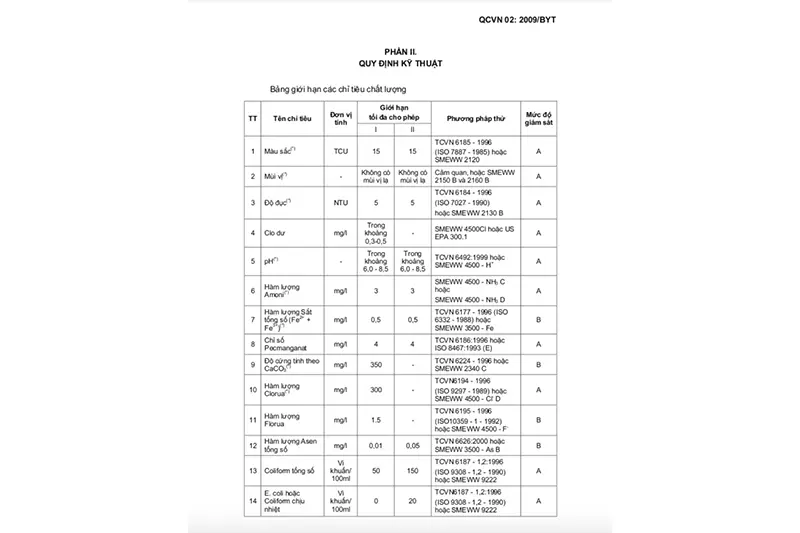
Explanation of information:
- Allowable limit I is for water supply facilities.
- Allowable limit II is for individuals, households, and water exploitation organizations.
Key Points to Note About Domestic Water Use Standards
The latest domestic water use standards are based on the amount of water supplied per user. The amount of water supplied will vary depending on the geographical location of each user:
- For urban residents in areas with tourist attractions or large industrial zones: Average consumption ranges from 300 - 400 liters/person/day.
- For residents in medium-sized cities with or without industrial zones: Consumption ranges from 200 - 270 liters/person/day.
- For water users in towns with industrial, agricultural, and fisheries sectors: Consumption ranges from 80 - 150 liters/person/day.
- For rural water users, consumption is around 40 - 60 liters/person/day.
Note: The above figures are for reference only. The volume of domestic water use may vary depending on the economic conditions and climate of the region.
Above are some insights into domestic water use standards. We hope that the sharing from Toan A JSC's experts has helped you understand this issue and proactively check the quality of domestic water. If you have any questions or need advice on water quality criteria assessment, please contact us for direct support from our experts.
Update: 30/01/2023
Share:




Related news
Test3
Created at: 20/01/2025
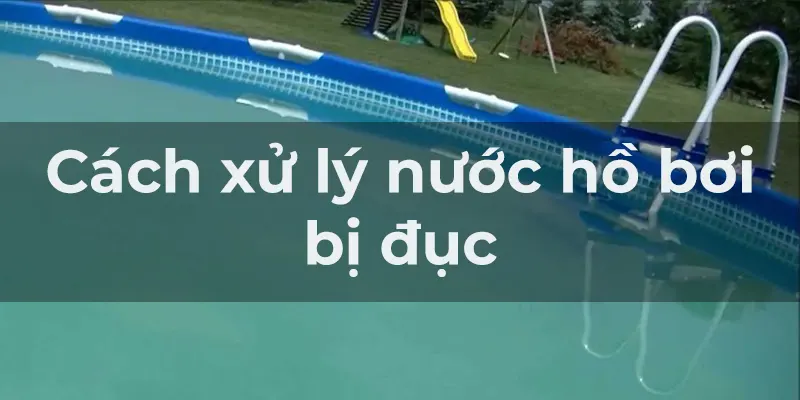
How to effectively treat cloudy pool water, the right way
Understanding the ways to treat cloudy pool water to choose the most suitable method for the characteristics of the pool water, area, and usage needs is essential. Because each method has its own advantages and disadvantages, thorough research is needed to determine the optimal approach. The following article will provide detailed information on how to reduce cloudiness in pool water as follows:
Created at: 09/12/2023
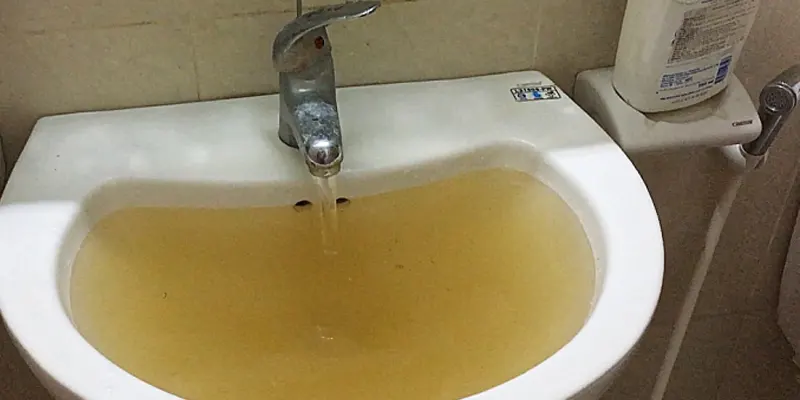
Top 5 simple and effective ways to treat Manganese in water in 2024
Handling manganese in groundwater is extremely necessary. Because manganese not only affects the aesthetics, quality of the water source, but also human health, especially the nervous system. So, what methods help effectively treat manganese, let's find out in the article below.
Created at: 15/08/2023






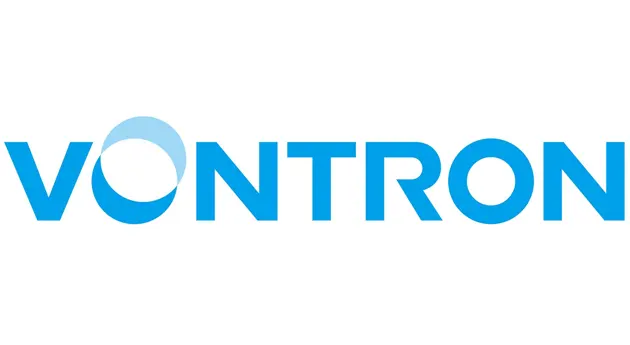
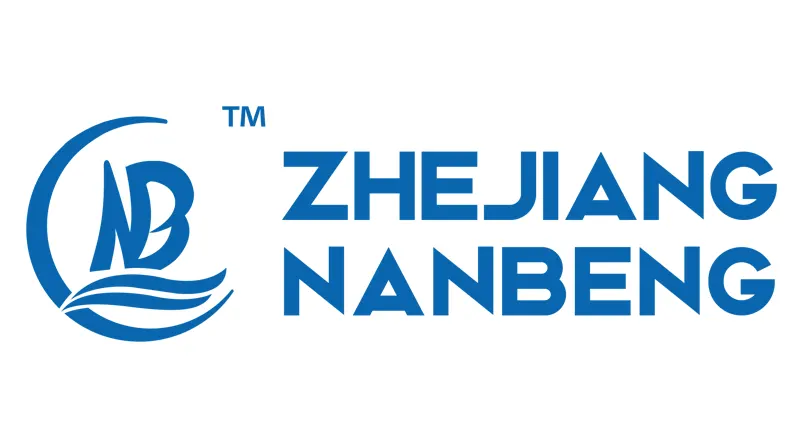


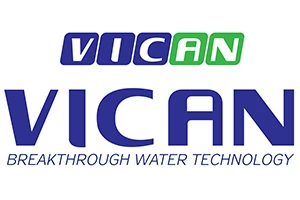

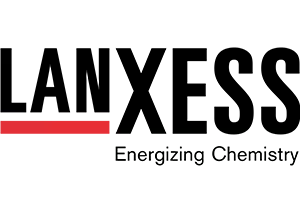




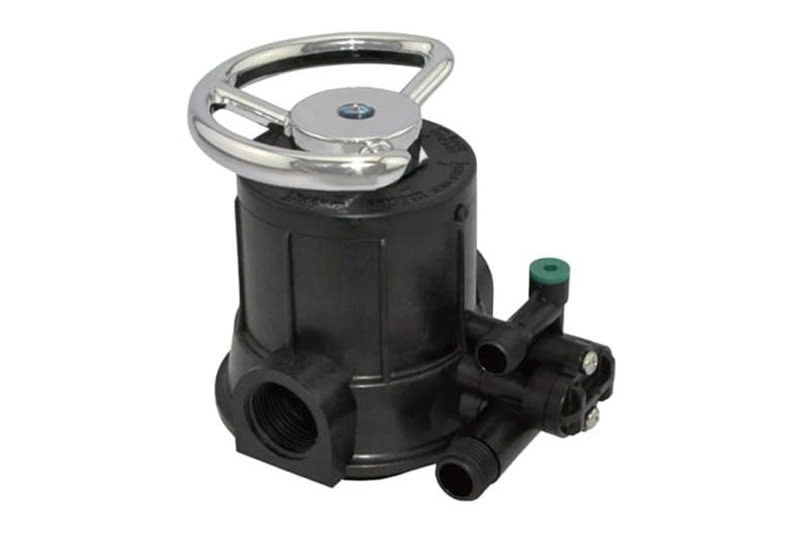
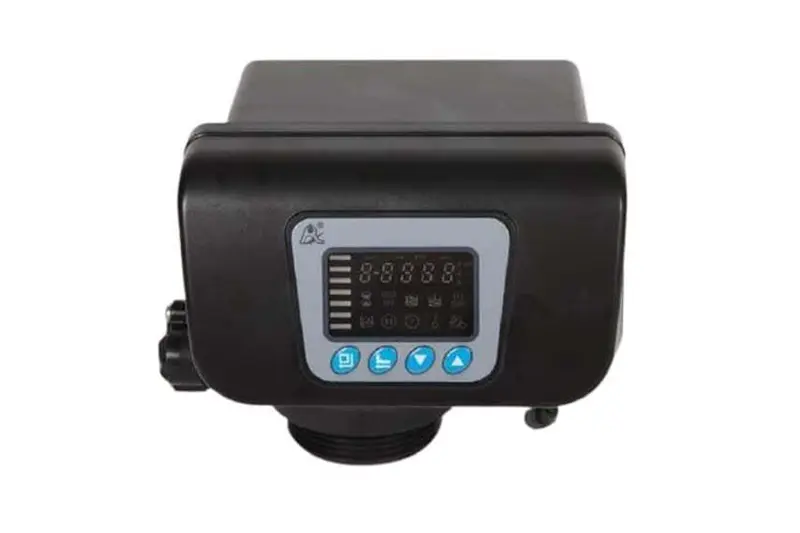




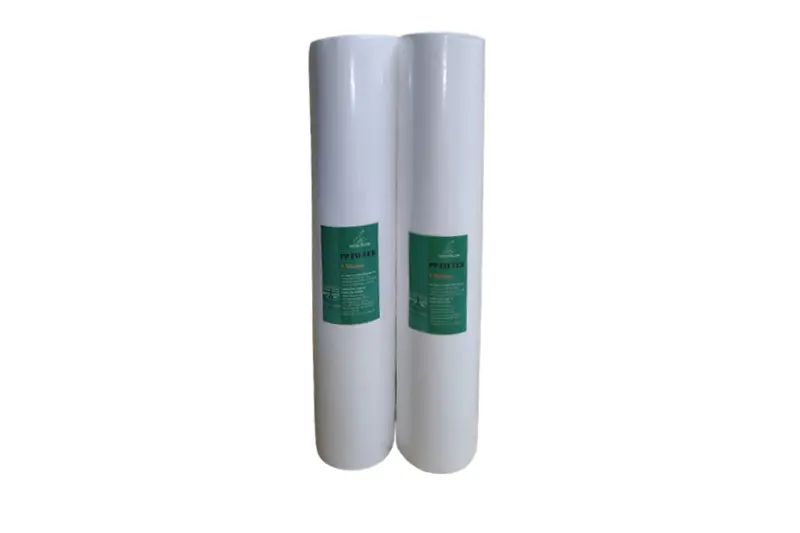



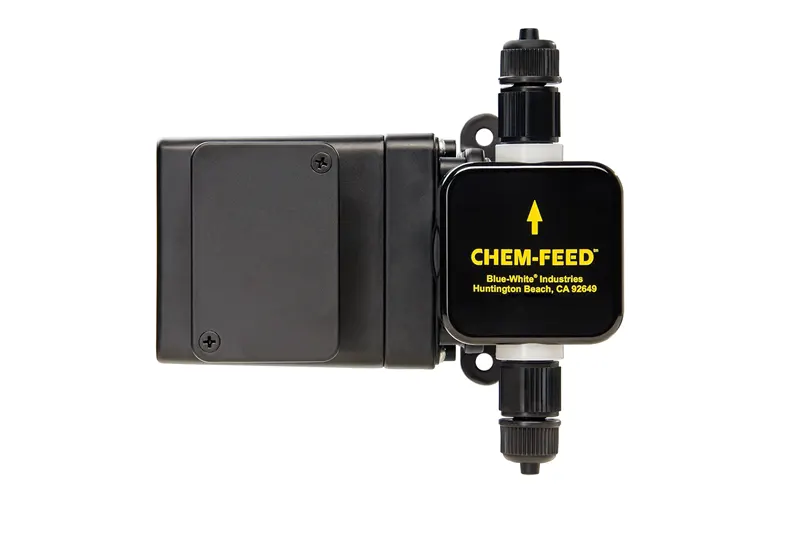
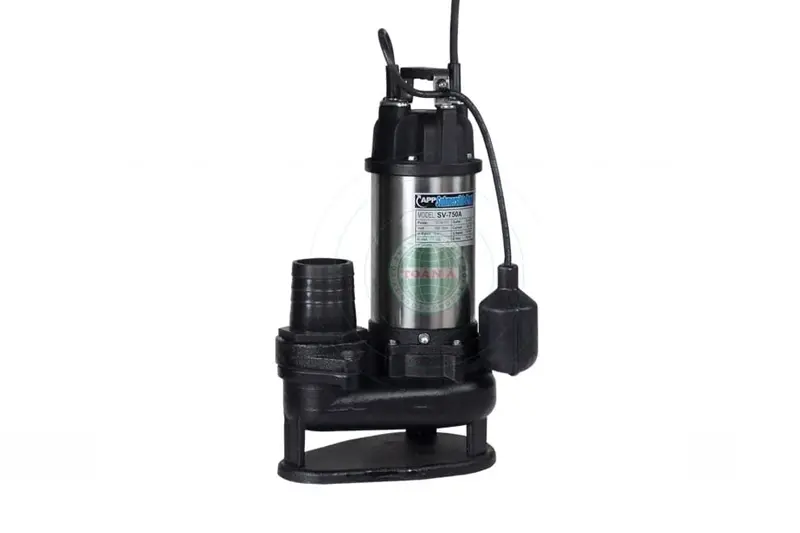



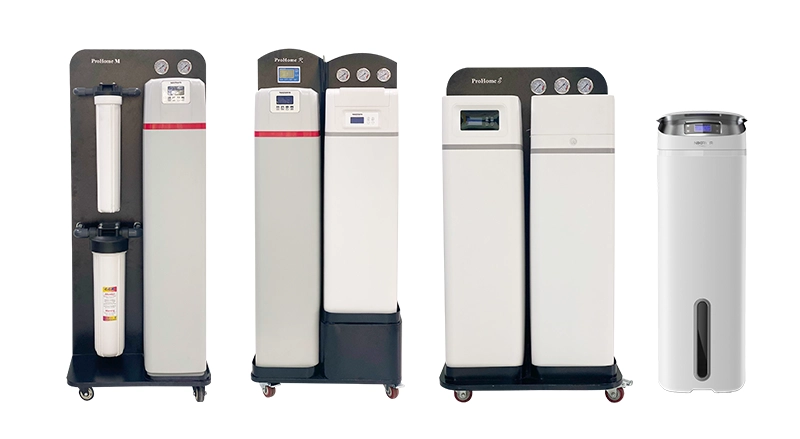
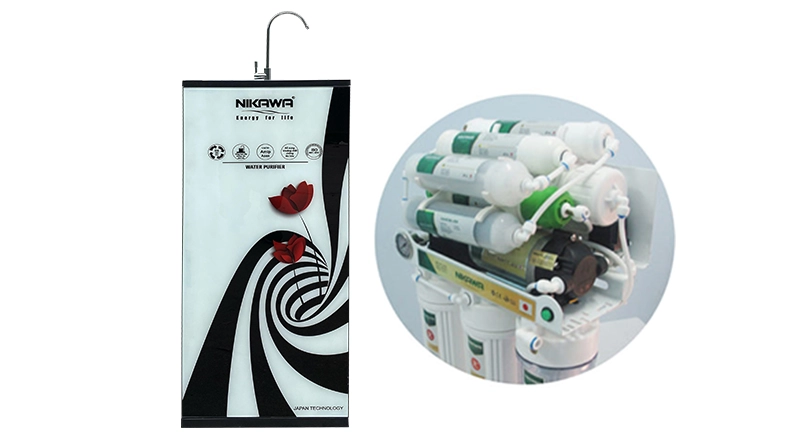
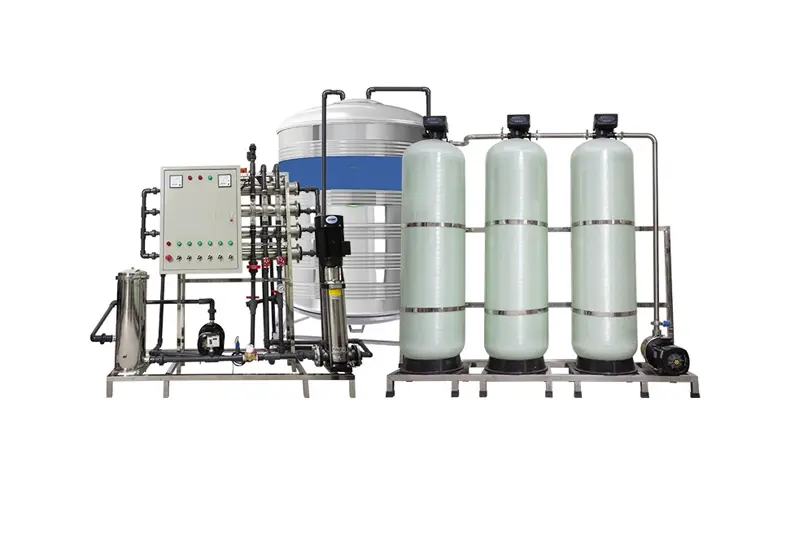
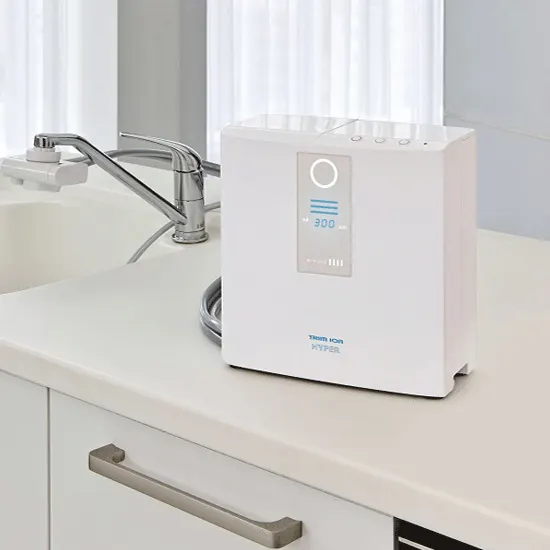
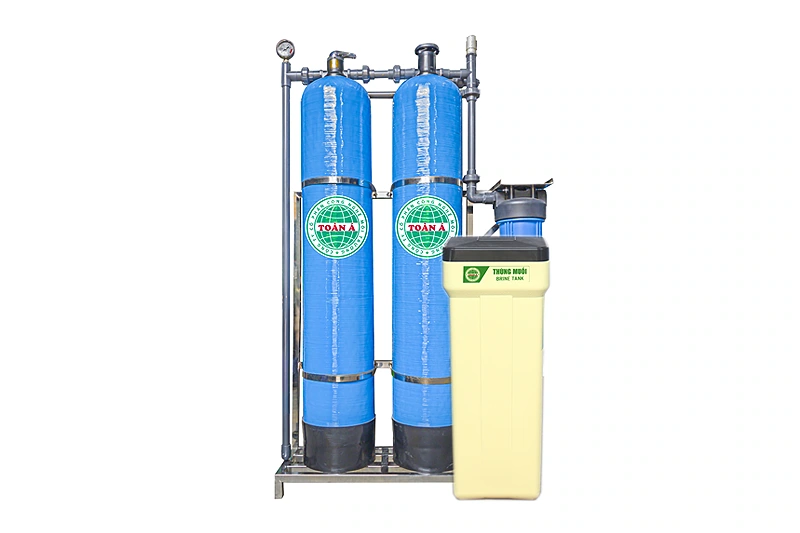


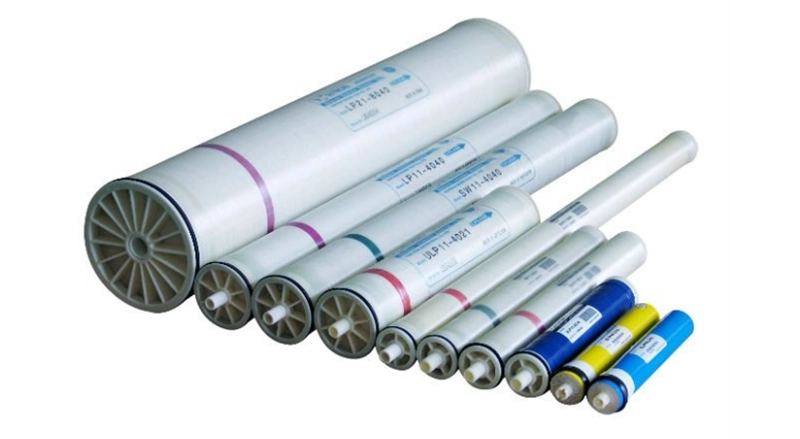
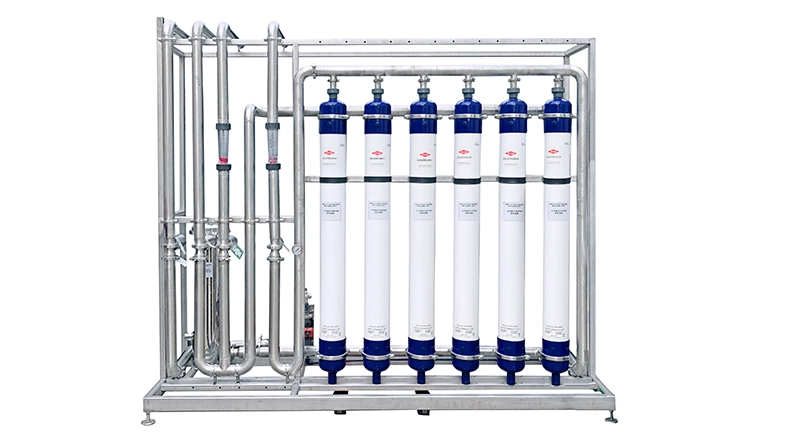


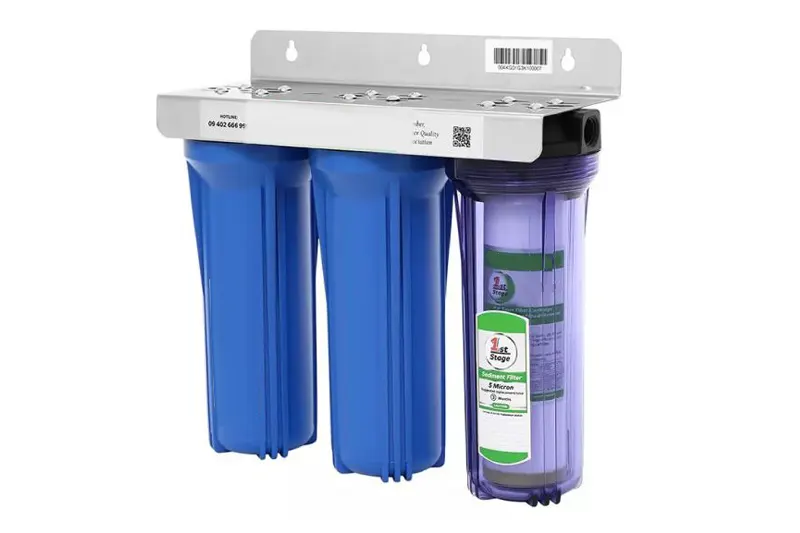

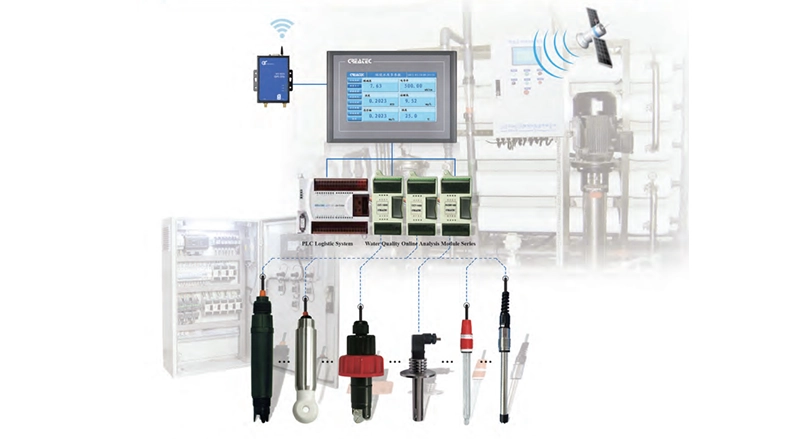
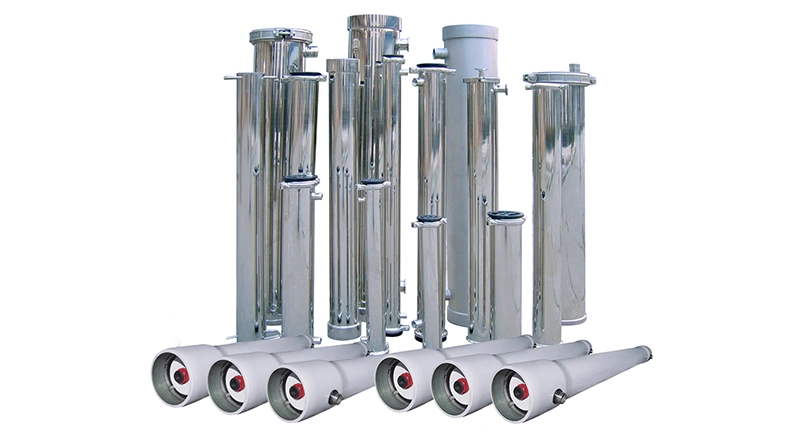
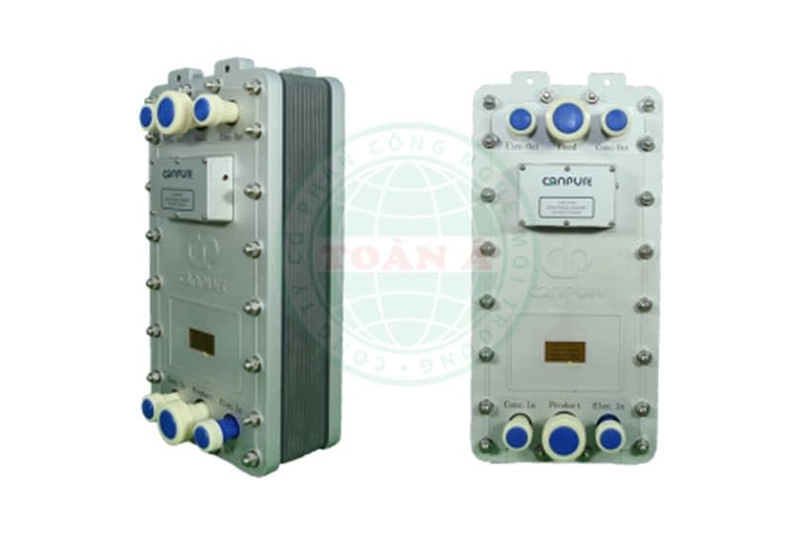
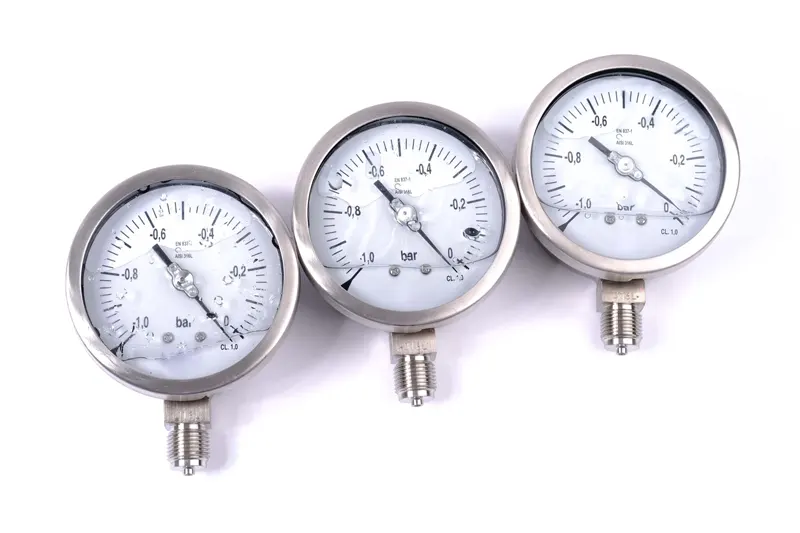
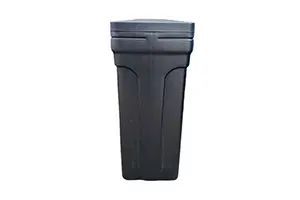


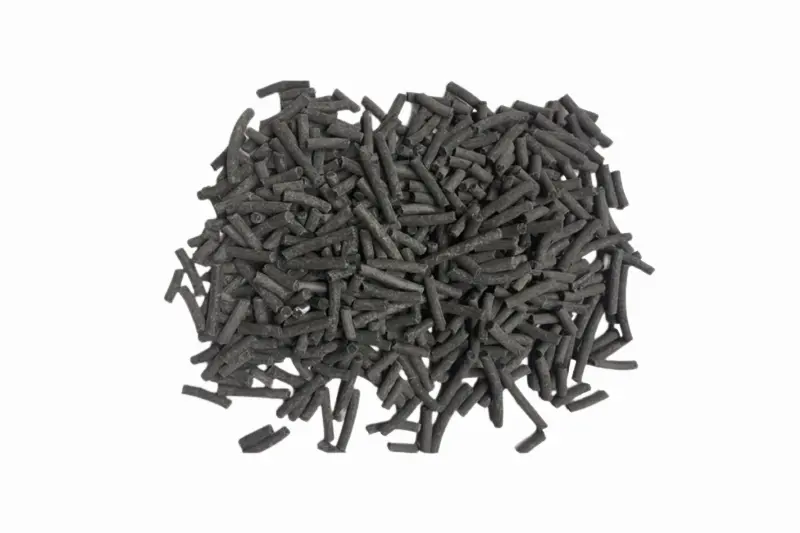
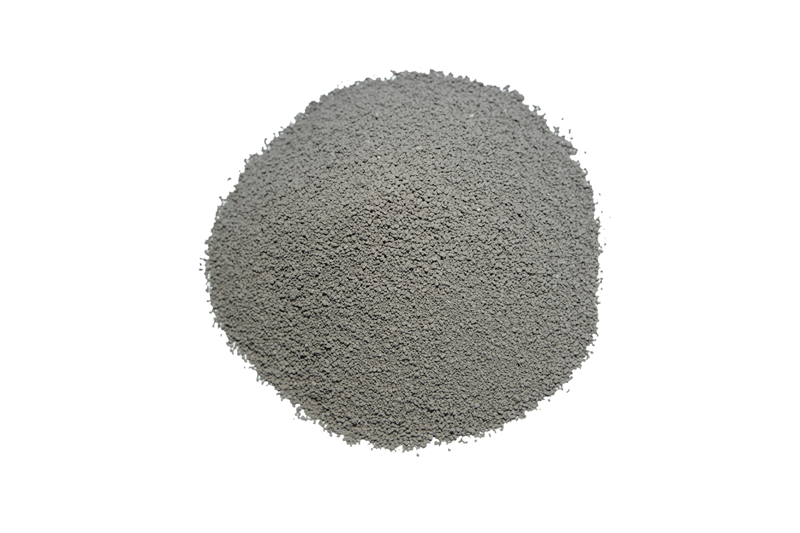
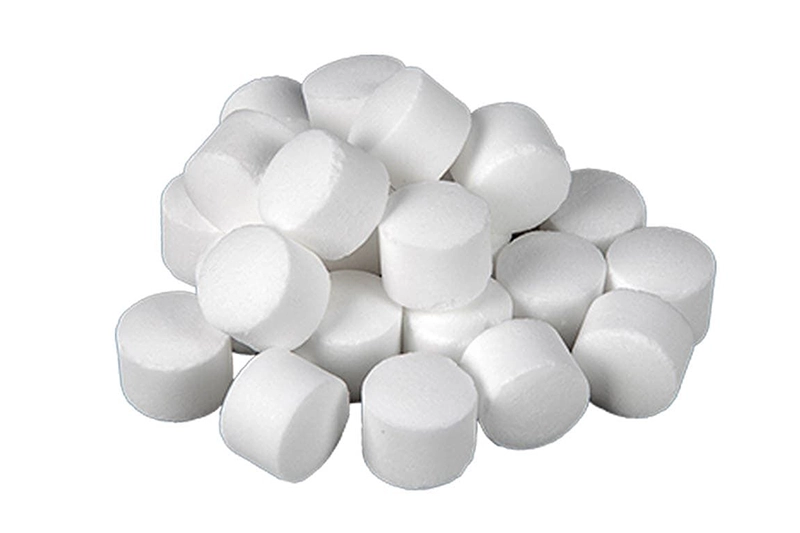
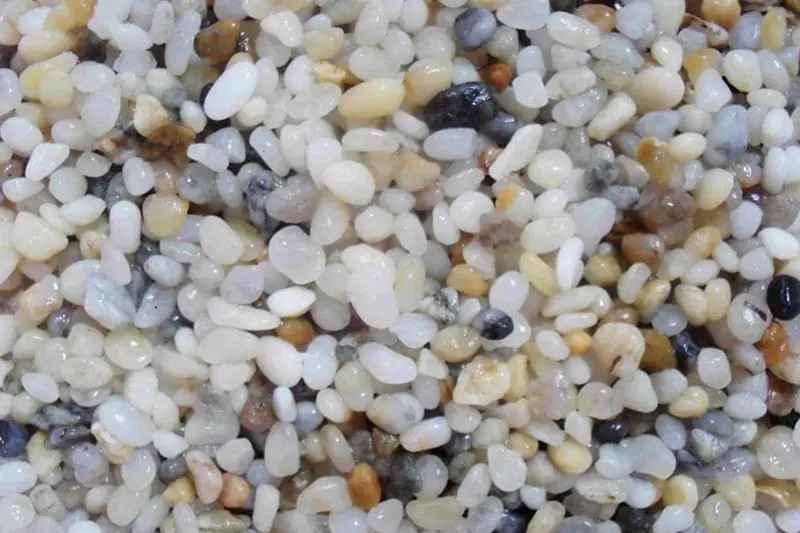
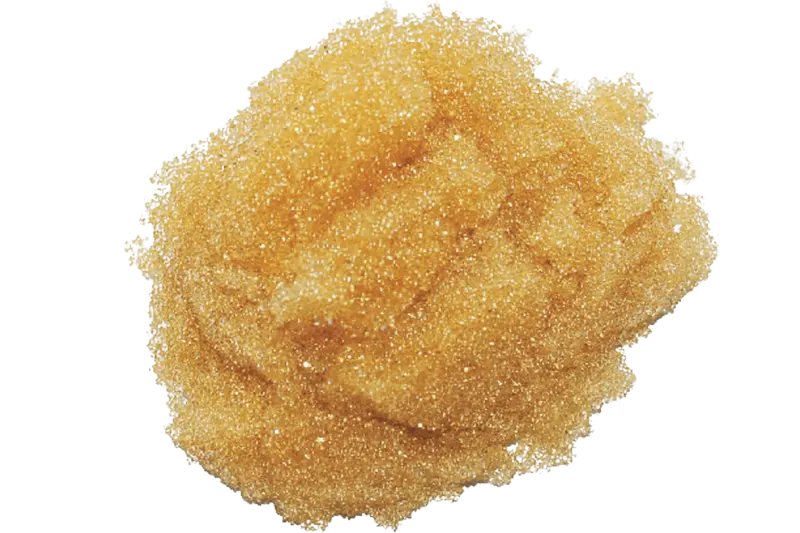





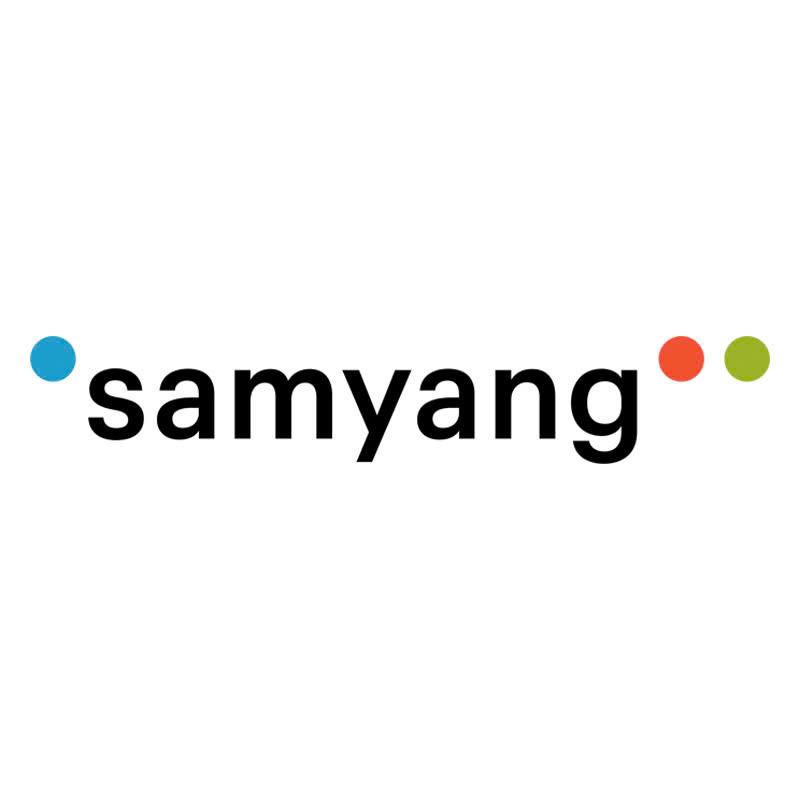
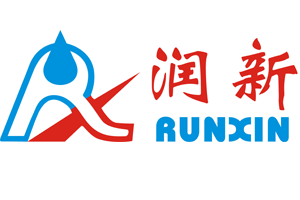

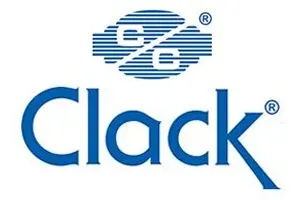

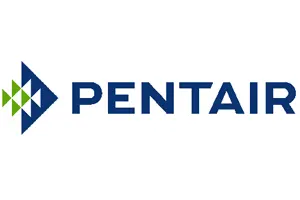
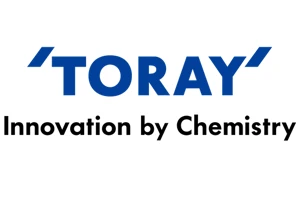

 Water Filter Columns
Water Filter Columns
 Water Filtration Membranes
Water Filtration Membranes
 Control Valves
Control Valves
 Water Filter Cartridges
Water Filter Cartridges
 Water Pumps
Water Pumps
 Water Filtration Equipment
Water Filtration Equipment
 Water Filtration Components
Water Filtration Components
 Water Filtration Materials
Water Filtration Materials
 Heat Pump Water Heaters
Heat Pump Water Heaters



 Products
Products  Solutions
Solutions  Project
Project  News
News